
cd_nom
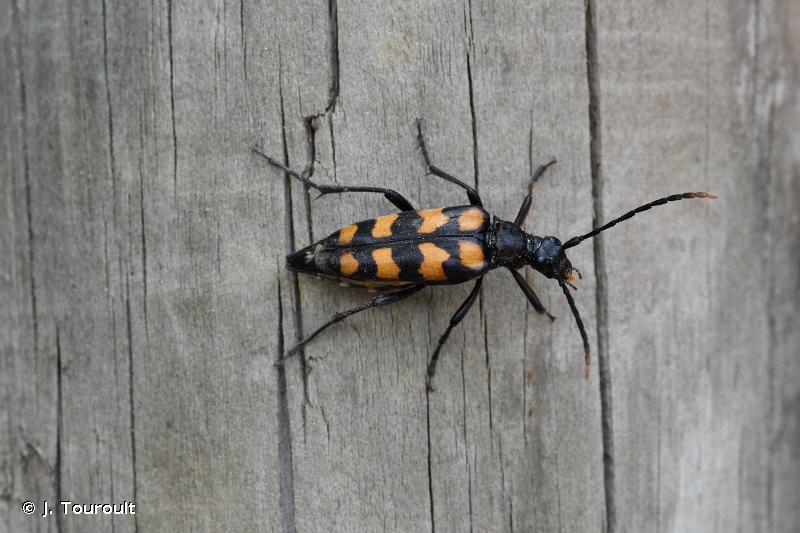
| Author : J. Touroult |
 |
To get the picture, please visit:
Julien Touroult
UMS PatriNat (AFB - CNRS - MNHN)
Muséum national d'Histoire naturelle, CP41, 36 rue Geoffroy Saint-Hilaire, 75005 Paris
Legend: Femelle. Massif Central.
Despite the Creative Commons license, please inform the author of the use which will be made of his photo
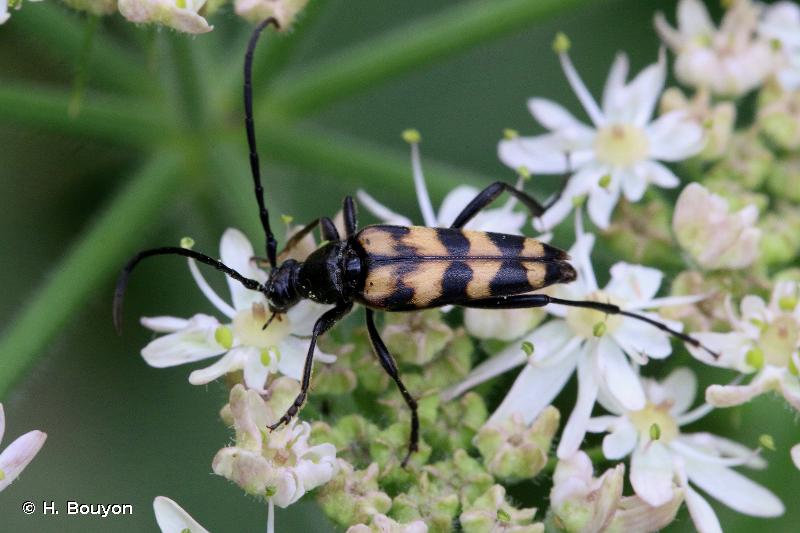
| Author : H. Bouyon |
 |
To get the picture, please visit:
Any reuse of one or more photographs on this site is subject to an authorization request from the author.
Link to the Code of Intellectual Property (Legifrance)
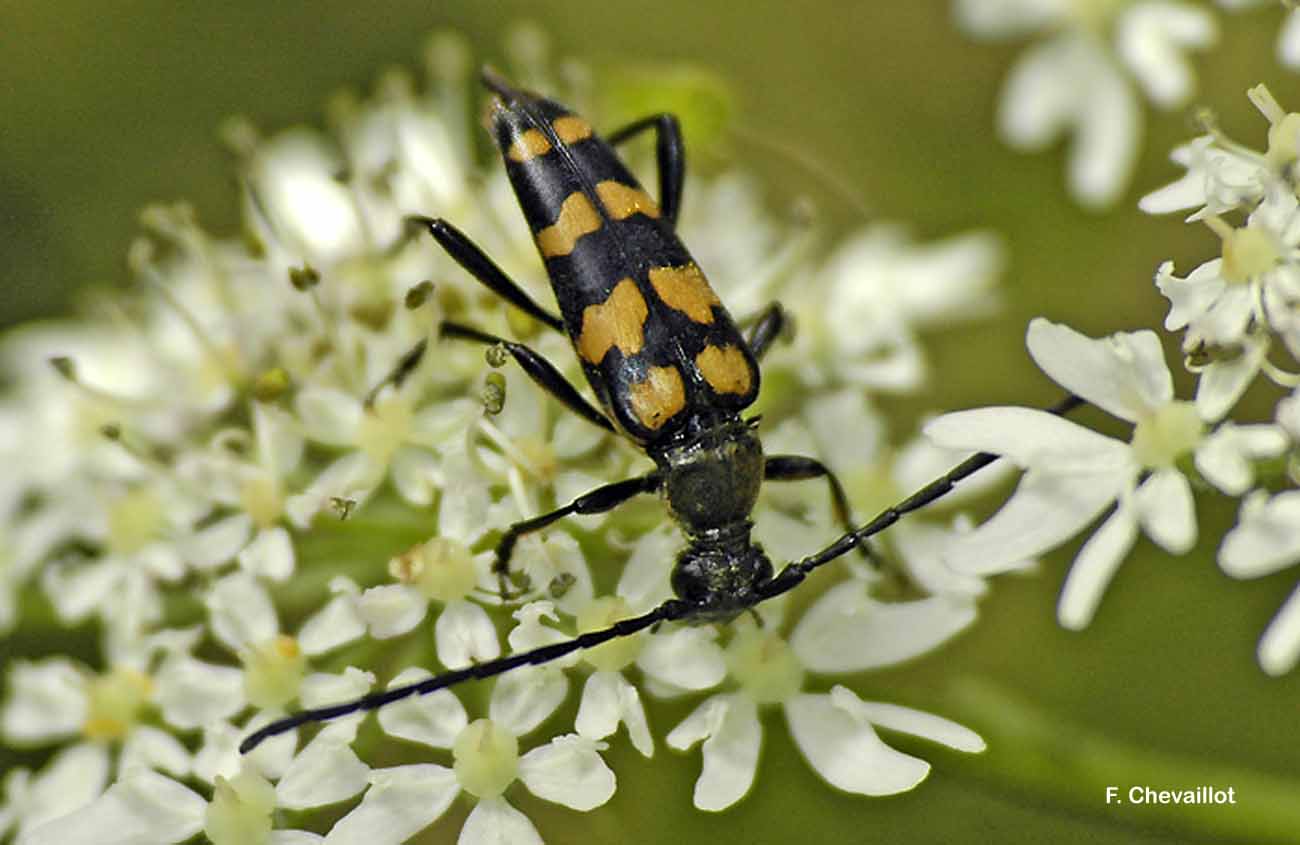
| Author : F. Chevaillot |
 |
To get the picture, please visit:
Fred CHEVAILLOT
Moulin de Castor
La Maynobe
12550 COUPIAC
06 51 19 18 32
09 88 28 31 26
www.insecte.org
email : fred.chevaillot@wanadoo.fr
Any reuse of one or more photographs on this site is subject to an authorization request from the author.
Link to the Code of Intellectual Property (Legifrance)
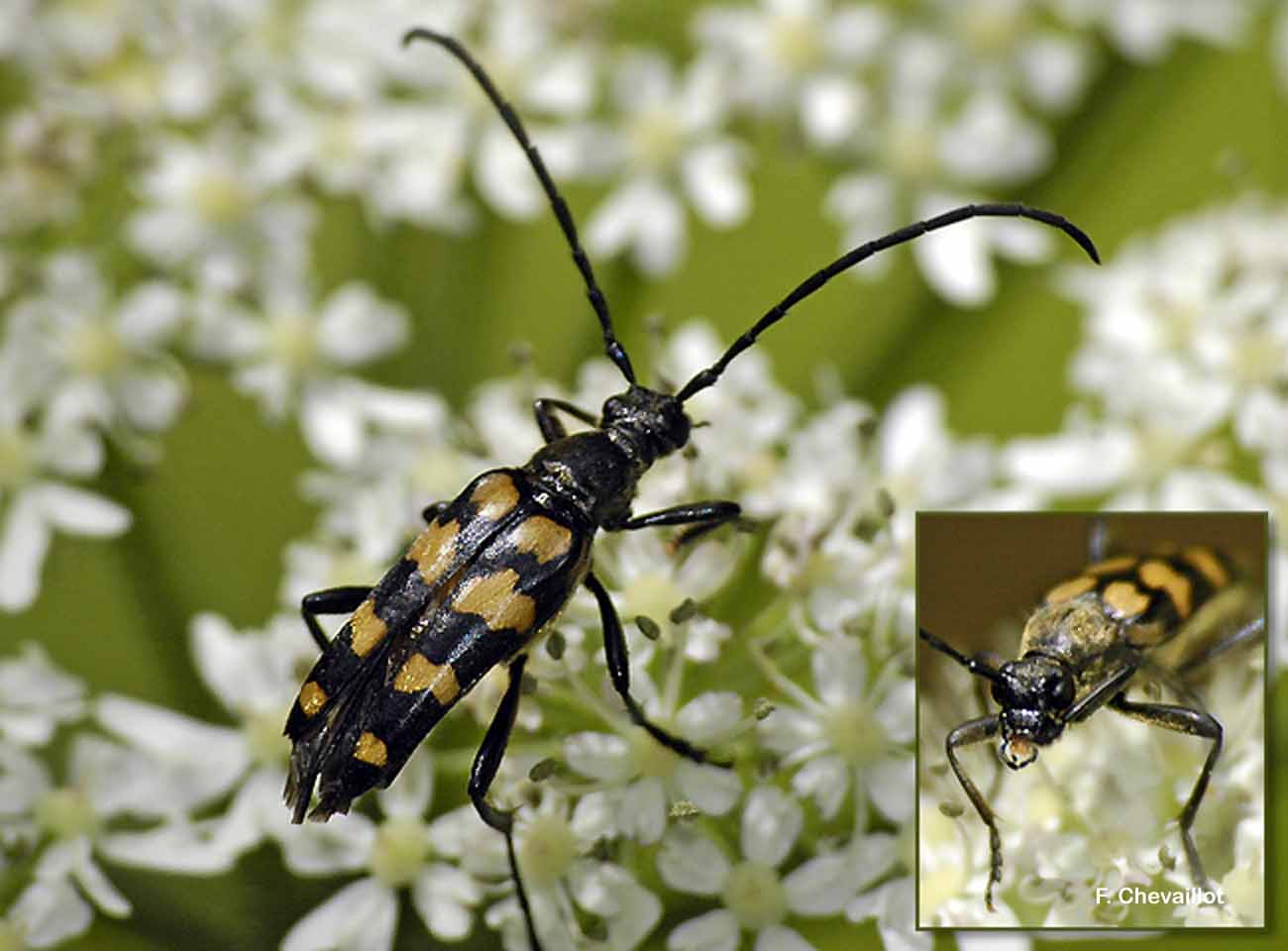
| Author : F. Chevaillot |
 |
To get the picture, please visit:
Fred CHEVAILLOT
Moulin de Castor
La Maynobe
12550 COUPIAC
06 51 19 18 32
09 88 28 31 26
www.insecte.org
email : fred.chevaillot@wanadoo.fr
Any reuse of one or more photographs on this site is subject to an authorization request from the author.
Link to the Code of Intellectual Property (Legifrance)
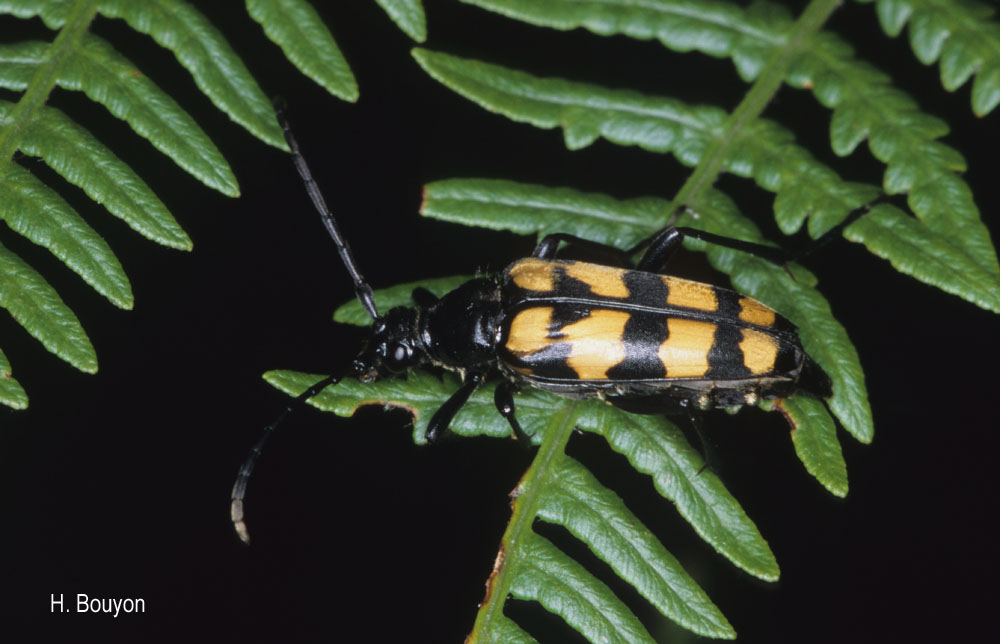
| Author : H.Bouyon |
 |
To get the picture, please visit:
Bouyon Hervé
herve.bouyon@wanadoo.fr
Any reuse of one or more photographs on this site is subject to an authorization request from the author.
Link to the Code of Intellectual Property (Legifrance)
Taille : 10 -20 mm
Lepture à stature allongée, au pronotum plus large que long. Le corps est noir, les antennes épaisses et les pattes entièrement noires chez le mâle, l'extrémité des antennes et parfois les tibias antérieurs jaunâtres chez la femelle. Les élytres noirs tronqués obliquement à l'apex arborent 4 bandes transversales jaunes plus ou moins étendues.
Confusion possible avec d'autres leptures jaunes et noirs : Leptura aurulenta, Leptura annularis, Strangalia attenuata, voire Rutpela maculata.
La période d'activité des adultes se situe essentiellement entre juin et août.
La larve, très polyphage, se développe dans les branches ou troncs morts décomposés debout ou au sol, de nombreuses essences feuillues. L'adulte se rencontre sur les troncs et branches mortes de gros diamètre mais également sur les ombellifères. Le cycle de développement est de 2 à 3 ans.
Espèce nord-paléarctique. En France, elle fréquente les vieux peuplements d'arbres à feuilles caduques en plaine, collines et basse montagne dans la partie nord, exclusivement montagnarde ou de zones humides (tourbières) dans la moitié sud du pays. Absente de Corse.
D'après :
Berger, P. 2012. Coléoptères Cerambycidae de la faune de France continentale et de Corse - Actualisation de l'ouvrage d'André Villiers, 1978. Revue de l'Association Roussillonnaise d'Entomologie, supplément tome XXI, 664 p.
L. Valladares (EIPurpan (UMR INRA / INPT 1201 Dynafor)),2020
Continental
Metropolitan France
Overseas
Marine
Metropolitan France
Overseas
The map presents a summary at the 10 x 10 km grid of the observation data for the species transmitted to the SINP. These data have been subjected to validation filters.
The map presents a reference distribution layer of the species at the scale of departments and marine sectors. The presence and absence data were established by expertise within a network of partners. This reference distribution is used in the validation process of the SINP data at the INPN level.
Corresponds to a report on the basis of at least one observation proved within a period of 10 years (20 years for little-known invertebrates) preceding the year and no presumption of extinction since obtaining the last data nor doubt on reproductive and implemented nature of this population. For migratory species, the presence indicated concerns areas of reproduction.
This status is based on one or more of the following criteria:
This point covers the absence, more difficult by nature to demonstrate than presence. This status is based on one or more of the following criteria:
This status must be assigned to a department in which the presence of the species is casual.
Particular case of absence due to a proven extinction less than a half century ago (older disappearances are treated as "no probable or definite").
In the state of knowledge, we can not comment on the presence or absence in the current department. This is the default status when not comprised in one of the previous categories or whenever there is doubt.
The map shows the global distribution of the species based on GBIF data (Global Biodiversity Information Facility).
